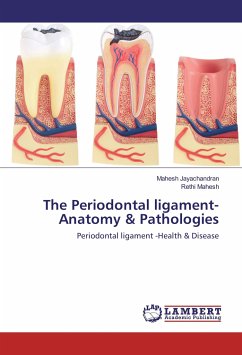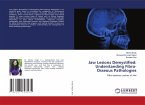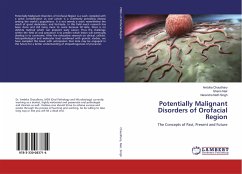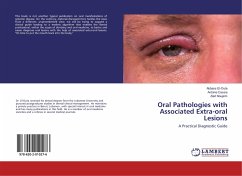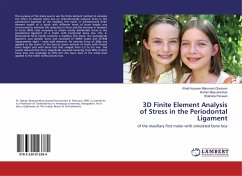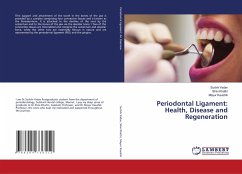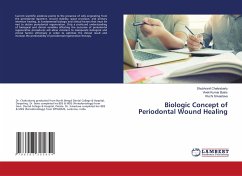The attachment apparatus of the tooth is composed of the periodontal ligament, the cementum, and the alveolar bone. The Periodontal Ligament is a unique, multifunctional soft connective tissue interposed between the roots of our teeth and the inner wall of the alveolar socket. Its fibers form a meshwork that stretches out between the cementum and the bone and is firmly anchored by Sharpey's fibers. Over the past decade, insight into the physiology of the periodontal ligament and the properties of its cells has increased. This insight has come from the synthesis of research results from sources as varied as in vivo rodent models, in vitro studies of cells and tissues and protein biochemistry. Based on these studies, it is concluded that the periodontal ligament is a unique connective tissue: it cannot readily be replaced by cell populations other than those that have their origin in the ligament itself. The periodontal ligament is the connective tissue that surrounds the roots andconnects it with the alveolar bone proper, providing support, protection and provision of sensory input to the masticatory system. It is continuous with the connective tissues of the gingiva and communica
Bitte wählen Sie Ihr Anliegen aus.
Rechnungen
Retourenschein anfordern
Bestellstatus
Storno

